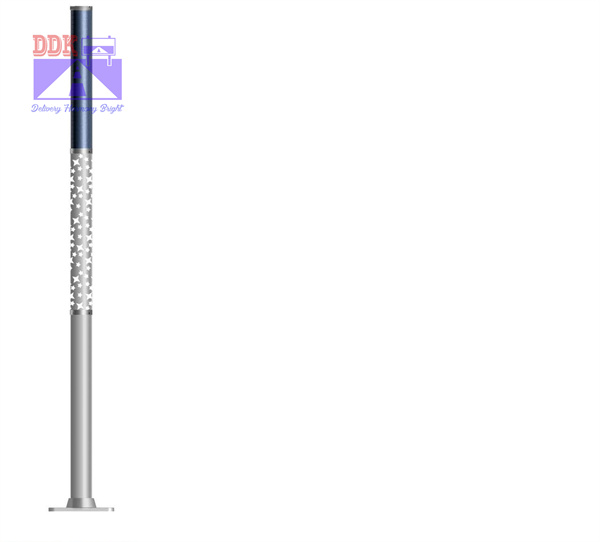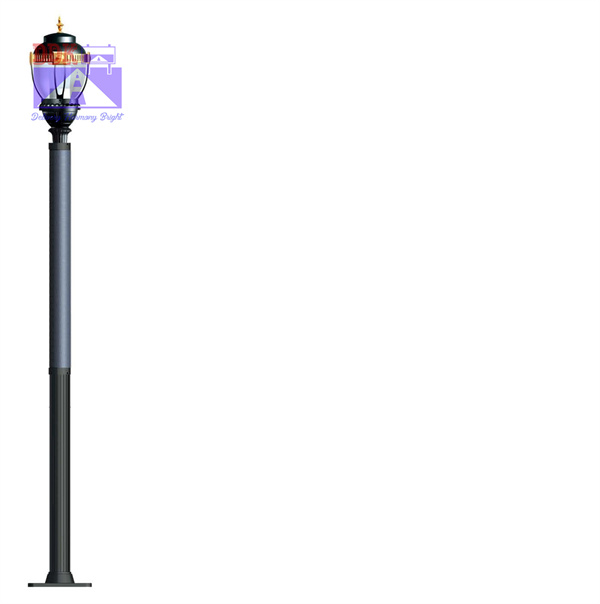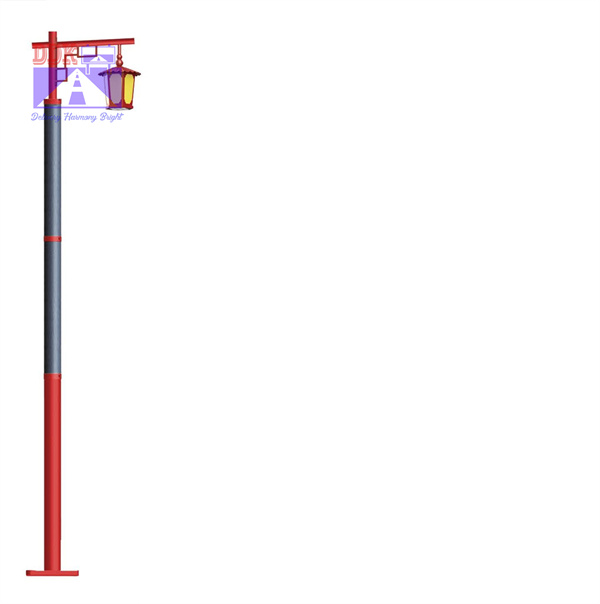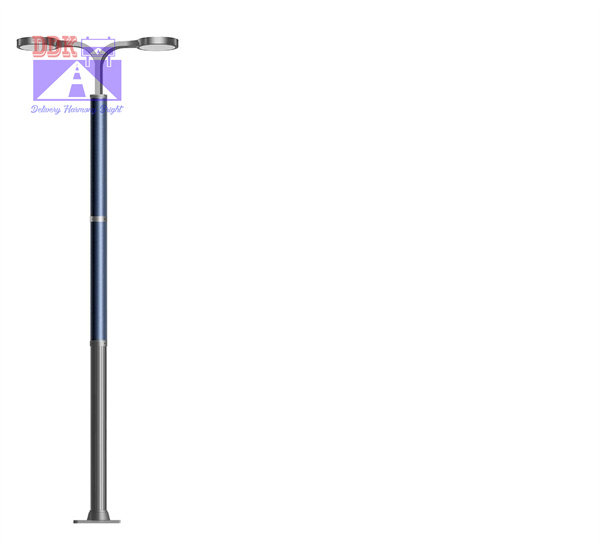NEWS
Solar street lamps are mainly composed of solar photovoltaic cell modules, batteries, charge and discharge controllers, lighting fixtures, etc. The bottleneck of the popularization of solar street lamps is not a technical problem, but a cost problem. In order to improve the stability of the system and maximize its performance on the basis of reducing costs, it is necessary to reasonably match the output power, battery capacity and load power of solar photovoltaic cells. Therefore, theoretical calculation alone is not enough. Due to the rapid change of sunlight intensity, the charging current and discharge current are constantly changing, and the theoretical calculation will bring large errors. Only by automatically tracking and monitoring the charging and discharging current can the maximum power output of photovoltaic cells in different seasons and directions be accurately determined. This confirms that the battery and load are reliable.
The conditioning circuit is used to sample the output current, discharge current and charge discharge voltage of the photovoltaic cell at a certain frequency, and the collected data is sent to the computer through the USB data acquisition module. Timely display and statistical analysis on the LabVIEW software platform.
The battery output signal is a floating signal. The use of differential measurement can minimize the impact on the circuit under test and reduce the measurement error. In this conditioning circuit, a differential amplifier made of high-precision and low drift integrated operational amplifier ICL7650 is used, and the differential signal above the precise small resistance in series with the charge discharge circuit is used as the current detection signal. The small signal obtained from the built-in large resistance voltage divider of the battery is taken as the voltage signal. In order to eliminate interference, two equivalent resistors are connected between the two inputs of the differential amplifier and the signal ground. The output signals of the two differential amplifiers are respectively sent to the two input channels of the USB acquisition module to complete signal conditioning and acquisition.
Solar street lamps are mainly composed of solar photovoltaic cell modules, batteries, charge and discharge controllers, lighting fixtures, etc. The bottleneck of the popularization of solar street lamps is not a technical problem, but a cost problem. In order to improve the stability of the system and maximize its performance on the basis of reducing costs, it is necessary to reasonably match the output power, battery capacity and load power of solar photovoltaic cells. Therefore, theoretical calculation alone is not enough. Due to the rapid change of sunlight intensity, the charging current and discharge current are constantly changing, and the theoretical calculation will bring large errors. Only by automatically tracking and monitoring the charging and discharging current can the maximum power output of photovoltaic cells in different seasons and directions be accurately determined. This confirms that the battery and load are reliable.
The conditioning circuit is used to sample the output current, discharge current and charge discharge voltage of the photovoltaic cell at a certain frequency, and the collected data is sent to the computer through the USB data acquisition module. Timely display and statistical analysis on the LabVIEW software platform.
The battery output signal is a floating signal. The use of differential measurement can minimize the impact on the circuit under test and reduce the measurement error. In this conditioning circuit, a differential amplifier made of high-precision and low drift integrated operational amplifier ICL7650 is used, and the differential signal above the precise small resistance in series with the charge discharge circuit is used as the current detection signal. The small signal obtained from the built-in large resistance voltage divider of the battery is taken as the voltage signal. In order to eliminate interference, two equivalent resistors are connected between the two inputs of the differential amplifier and the signal ground. The output signals of the two differential amplifiers are respectively sent to the two input channels of the USB acquisition module to complete signal conditioning and acquisition.




